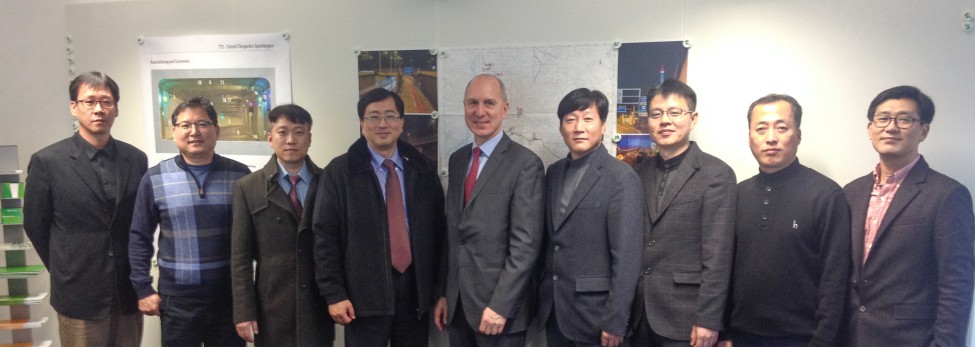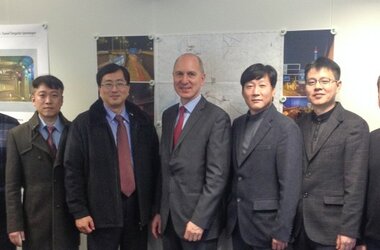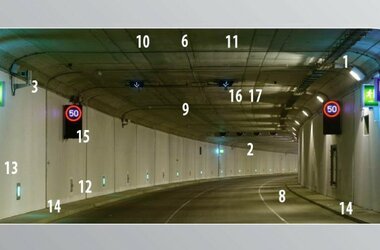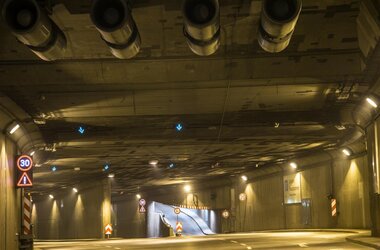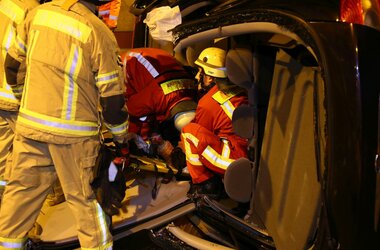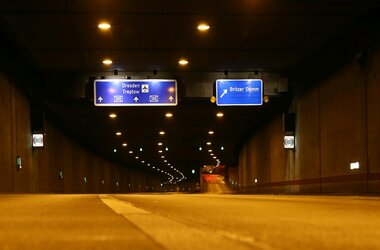Tunnel construction experience of KREBS+KIEFER Korean engineers at KREBS+KIEFER
On 07 December 2015, engineers from Korea visited the Berlin office of KREBS+KIEFER. The employees from the Seoul Metropolitan Government and representatives of construction companies and engineering offices were looking to learn from experiences acquired from tunnel solutions involving entrances and exits along the stretch of road.
In South Korea, changing lanes is not permitted when driving through a road tunnel (continuous route). There are not yet any tunnels with entrances and exits along the stretch of road:
the first tunnel with entrances and exits is to be built as part of a current tunnel project.
On 07 December 2015, engineers from Korea visited the Berlin office of KREBS+KIEFER. The employees from the Seoul Metropolitan Government and representatives of construction companies and engineering offices were looking to learn from experiences acquired from tunnel solutions involving entrances and exits along the stretch of road.
In South Korea, changing lanes is not permitted when driving through a road tunnel (continuous route). There are not yet any tunnels with entrances and exits along the stretch of road:
the first tunnel with entrances and exits is to be built as part of a current tunnel project.
In Berlin therefore, the Korean delegation was particularly interested in the Ortsteil Britz Tunnel (responsible for design, engineering and safety in accordance with RABT: KREBS+KIEFER) and the Tiergarten-Spreebogen Tunnel (responsible for project management and safety in accordance with RABT: KREBS+KIEFER). Both tunnels have entrances and exits along the stretch of road.
Frank Embert-Kreiser, in his role as Safety Officer for the Berlin road tunnel, was able to give detailed answers to the interesting questions posed regarding the construction and operation of the tunnel.
After the presentation and questions, the delegates visited the Tiergarten Tunnel and more experiences were shared. In addition to the technical equipment, recommendations regarding incident preparation with the emergency services were of great interest.
